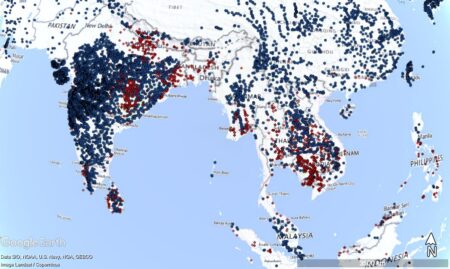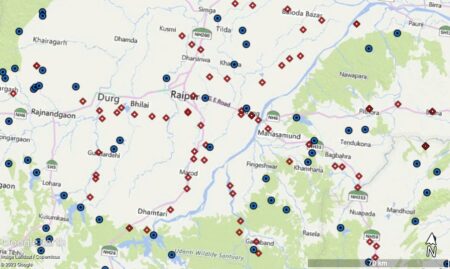I suspect everyone working in genebanks and other sorts of biorepositories will welcome the new book “Biodiversity Biobanking – a Handbook on Protocols and Practices” by Carolina Corrales and Jonas Astrin.
We compiled extensive information on … workflows from throughout most of the biodiversity and environmental biobanking communities. Publications, grey literature, and Internet sources were reviewed, and proven experts consulted. By linking to protocols and practices from many different types of biobanks we hope to inspire interdisciplinary approaches and interconnect biobankers, and to serve as an aggregated resource for incipient and thematically expanding biobanks. Maybe the compilation of practices can also contribute to processes of method validation and standardisation.
Here’s hoping…

